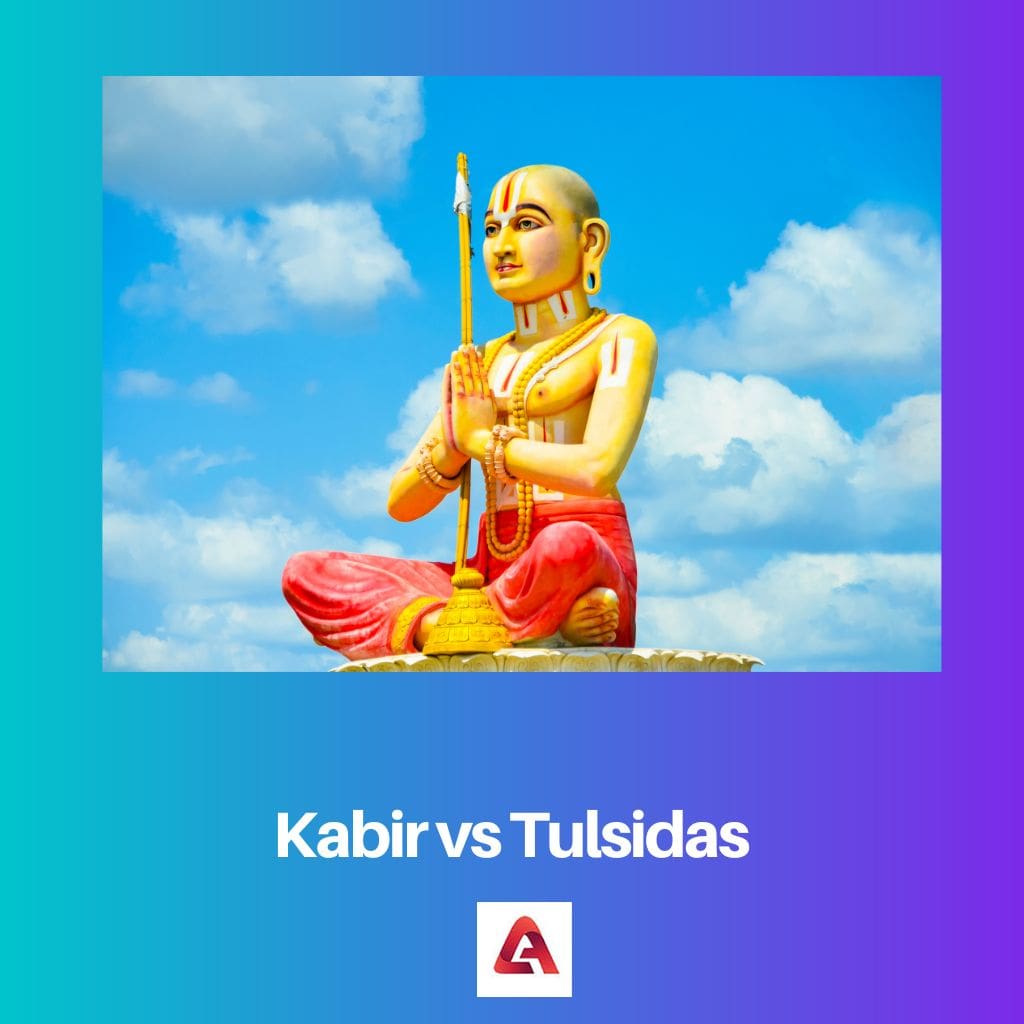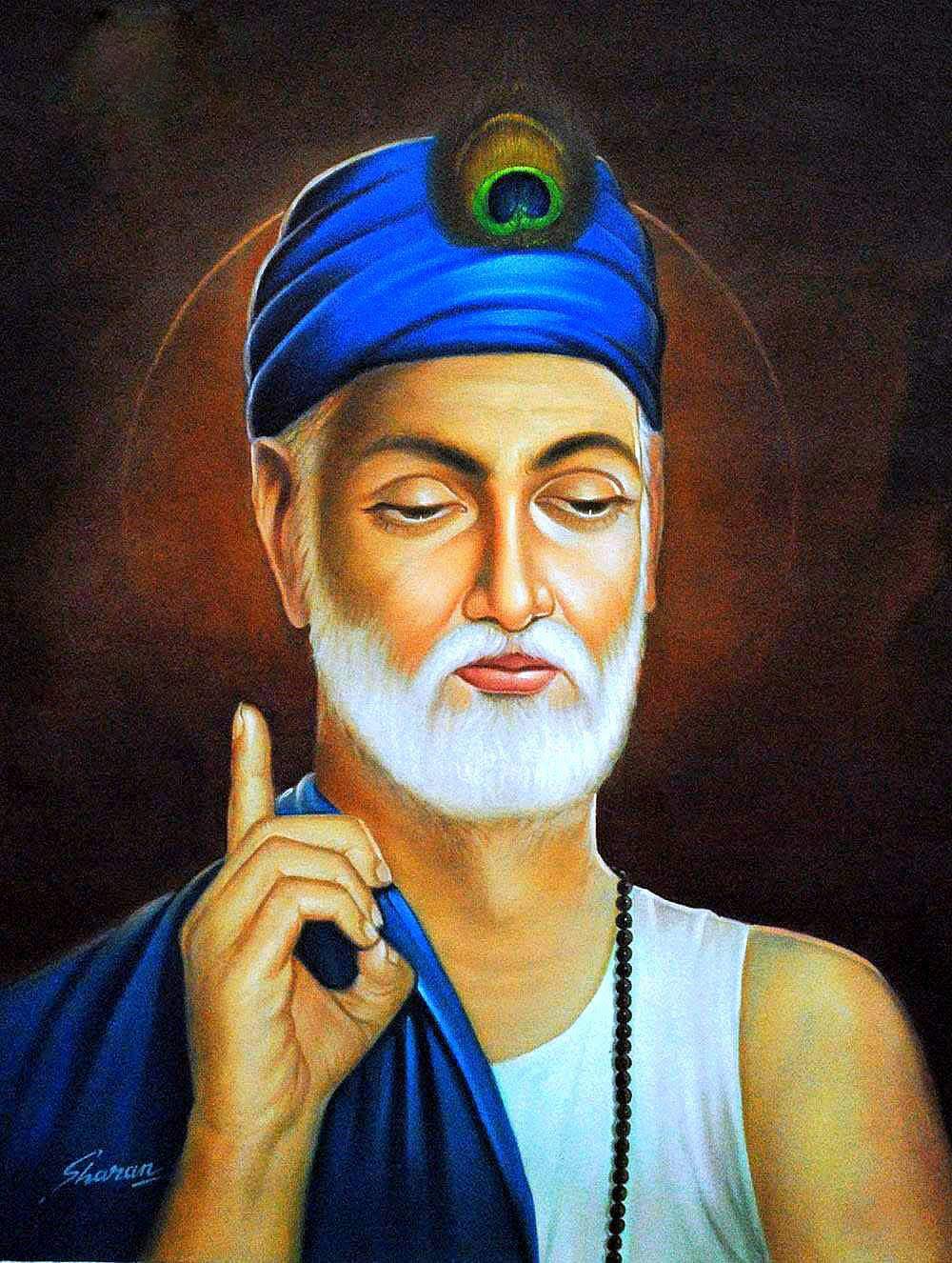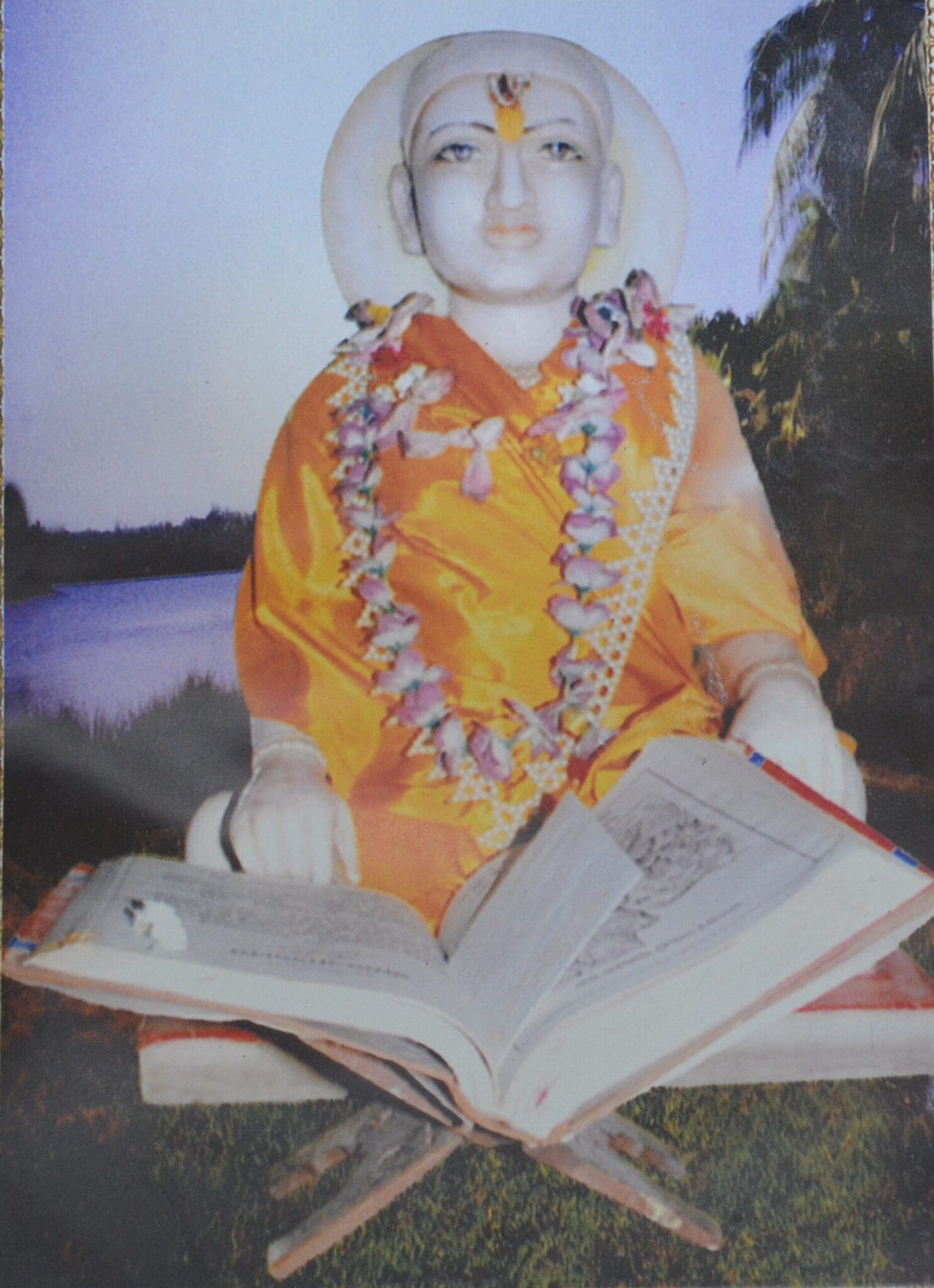In the 13th Century India, a fresh wave of the Bhakti movement started. It gave birth to some great poets and saints on this land. Two of these saints are Kabir Das and Tulsidas.
They changed the face of Hinduism, Islam, Sufism and Nathpanthis, and Yogis.
Key Takeaways
- Kabir was a mystic poet, while Tulsidas was a poet and saint.
- Kabir’s poems were in Hindi, while Tulsidas wrote in Sanskrit and Awadhi.
- Kabir believed in the unity of God, while Tulsidas was a devotee of Lord Rama.
Kabir vs Tulsidas
Kabir was a 15th-century poet and saint who lived in the northern part of India and was influenced by both Hinduism and Islam. Tulsidas was a 16th-century poet and saint who lived in the northern Indian state of Uttar Pradesh and was a devout follower of Lord Rama, a Hindu deity.

Kabir is an Indian poet of the 15th century whose writings influenced the Bhakti movement. He was critical of the unethical practices of the Hindus and Muslims.
Accounts of his verses are present in the Guru Granth Sahib and Kabir Sagar. Kabir panthis, the followers of Kabir Panth, carry his legacy forward.
Tulsidas is the greatest poet and reformer of Hindi literature. He was born on the 7th day of Shravana month on the bank of the Yamuna river.
Besides the Ramacharitamanas, his work, Hanuman Chalisa, also got famous. He founded the Sankat Mochan temple in Varanasi. He lived for 126 years.
Comparison Table
| Parameters of Comparison | Kabir | Tulsidas |
|---|---|---|
| Introduction | He was a mystic poet, critical of many religions’ unethical and traditional views. | He was a Ramanandi poet and saint who ardently followed Rama. |
| Writings | His writing revolved around Hindu Gods, Allah, and also Sikhs Gurus. | He wrote around Rama and his other incarnations. |
| Interests | His primary interest was in mysticism, poetry, syncretism, and theism. | His primary interest was poetry and verses. |
| Language | In his compositions, he used languages, such as Hindi and its dialects, Braj, Bhojpuri, and Awadhi. | He used languages like Awadhi and Sanskrit to pen down his work. |
| Most Famous work | His most famous work is Kabir Bijak, meaning the seedling. | His most famous work is Ramacharitamanas. |
Who is Kabir?
Kabir is an Indian mystic and poet born in 1446 in Varanasi, India. Hindus, Muslims, and Sikhs admired him for his scepticism.
All this information relating to his birth is just assumptions gathered through stories and legends. There are many legends about his birth and his parents.
One story believes that his mother was a brahmin who conceived him after visiting a pilgrimage shrine.
Meanwhile, when Kabir was born, she abandoned him as she was not married then. Afterwards, a Muslim weaver, Niru, adopted him, and thus Islam influenced his early life. But later, the Hindu monastic Ramananda influenced him.
His way of communicating with the world was through different poems, such as Padas, Dohas (couplets), Shabdas, and Sakhis.
He was equally critical of Hindus and Muslims, orthodox thoughts and beliefs. Some of his couplets are today widely used by North Indians. He lived for 78 years.
The different traditions have interpreted his poetic character in their ways. Hindus designate him as a Vaishnavite who has a universalist leaning for Hindus.
Muslims place him in Sufi lineages. For Sikhs, he is an interlocutor of Guru Nanak. He died in 1518 in Maghar, India.
Kabir Panth is a spiritual community based on the teachings of Kabir. Its participants were from different religious backgrounds.

Who is Tulsidas?
Tulsidas, also known as Goswami Tulsidas, was born in 1543 in Rajapur, India. Some believe his original name to be Rambola Dubey.
His parents were Atmaram Dubey and Hulsi Dubey. Uncertain about his birth, legends relate three places to be his birthplace. However, the Government of Uttar Pradesh declared Sukarkhet Soron as his birthplace in 2012.
Tulsidas was an Indian Vaishnavite poet and saint. In Vinaya Pitaka, Tulsidas himself discloses he was born after a twelve-month stay in his mother’s womb.
He was born with all thirty-two teeth, and he did not cry at the time of his birth, said Rama, instead. Legend believes that his physical appearance and health seemed like a 5-year-old boy.
He lived a prominent part of his life in Varanasi and Ayodhya. We know him for his work, Ramacharitamanas, the most loved version of Ramayana.
Two sources of Tulsidas were the Bhaktamal composed by Nabhadas and Bhaktirasbodhini were written by Priyadas.
The life of Tulsidas is unknown. Nabhadas was a contemporary of Tulsidas, and he describes Tulsidas as an incarnation of Valmiki.
Tulsidas started the Ramlila plays, a folk-theatre adaptation of the Great epic, Ramayana. He died in 1623 in Varanasi, Uttar Pradesh.

Main Differences Between Kabir and Tulsidas
- Kabirdas was a mystic poet who criticized many faiths’ unethical and dogmatic ideals of various religious traditions. But Tulsidas was a Ramanandi saint and poet who devoted his life to Rama.
- Kabir’s writing centred on Hindu Gods, Allah, and Sikh Gurus. Padas, Dohas (couplets), Shabdas, and Sakhis, through which he communicated with the world. Tulsidas centred his writing on Rama and his other incarnations.
- Mysticism, poetry, syncretism, and theism were Kabir’s interests. Poetry and verses were Tulsidas’ interests.
- In his compositions, Kabir used languages, such as Hindi and its dialects Braj, Bhojpuri, and Awadhi. Tulsidas wrote in Awadhi and Sanskrit, among other languages.
- Kabir’s most notable work is Kabir Bijak. Tulsidas’s popular work is Ramacharitamanas.




